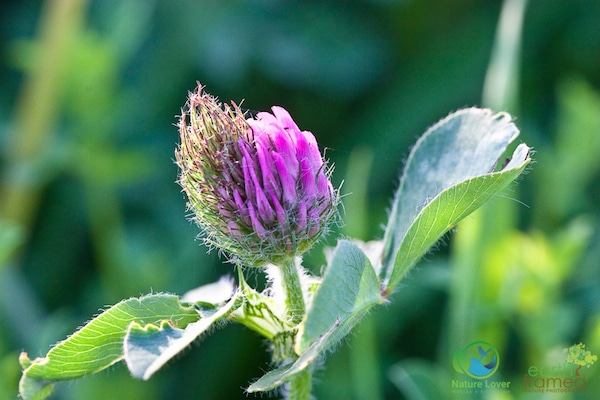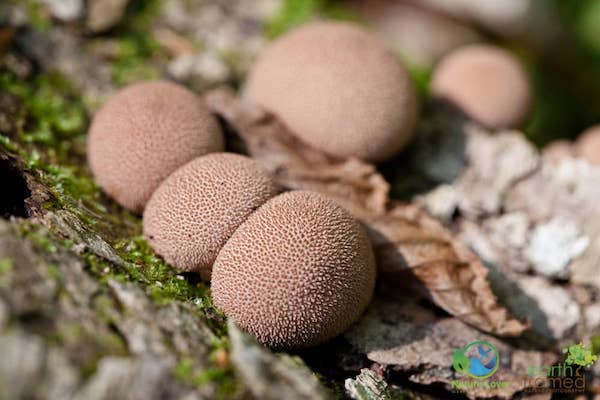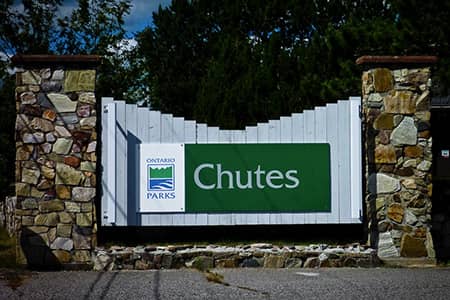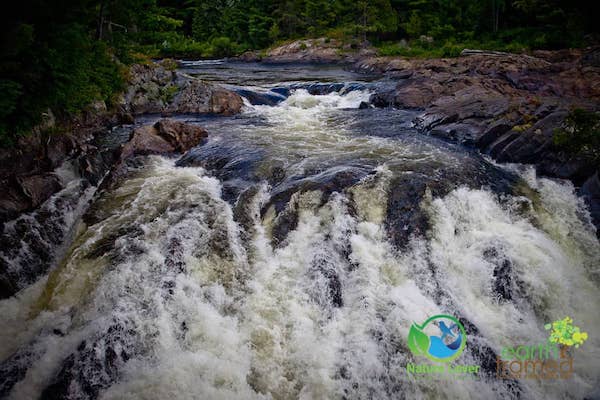Marthaville Habitat
St. Clair Conservation Authority
4749 Marthaville Rd,
Petrolia, ON N0N 1R0
[two_third_last]
[/two_third_last]
Spring is a wonderful season to walk through the Marthaville Habitat just outside of Petrolia, Ontario.
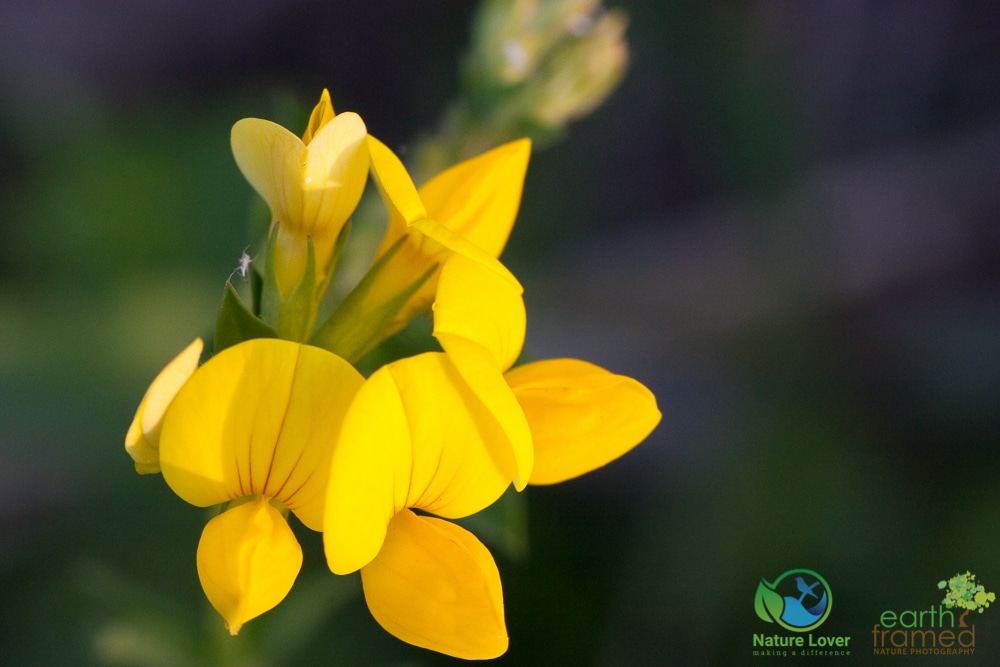
Birdsfoot-trefoil, also known as broadleaf trefoil, require large, strong bees for pollination. It’s concentrated nectar is considered a valuable honey plant in North America, even though it isn’t a native plant.

This tiny insect was photographed with a macro lens on the edge of a lamb’s ear leaf.
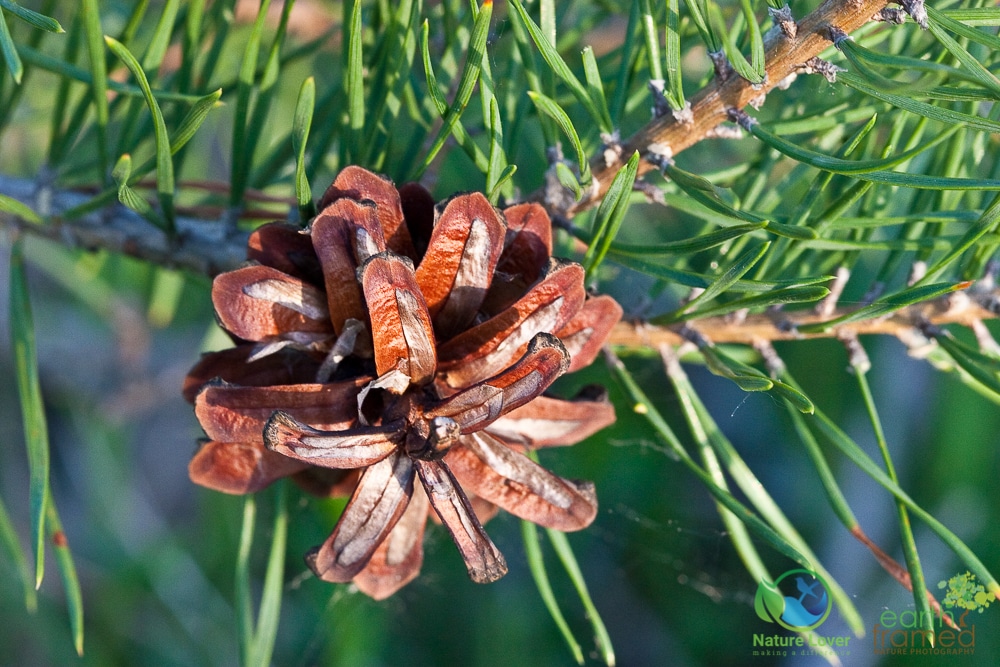
The morning sun hit this pine cone in a way that showed off it’s waxy surface.
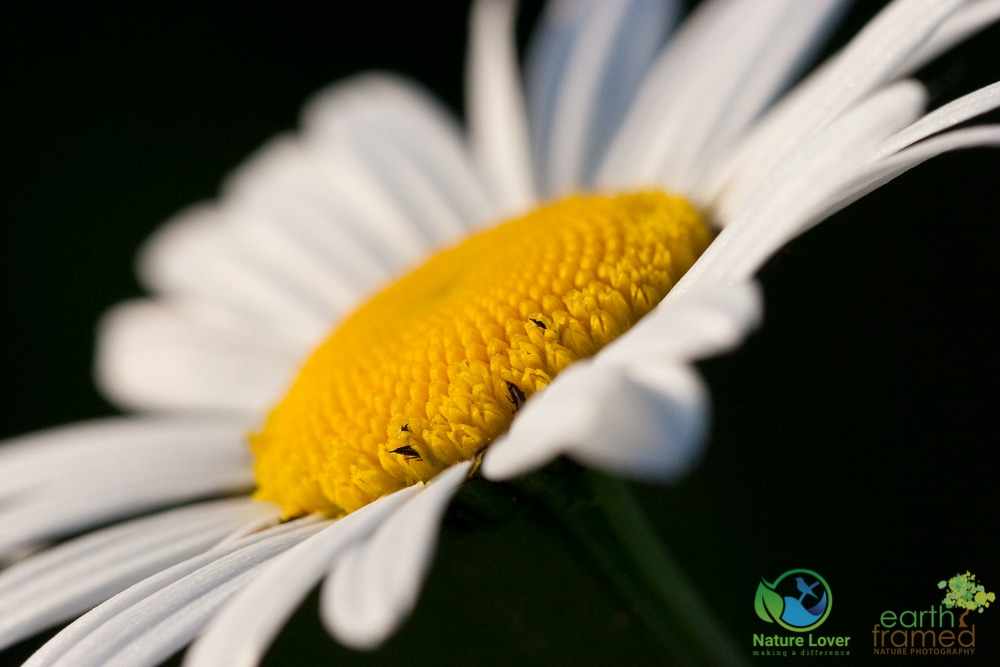
This Oxeye Daisy is non-native but is often used since it is edible. The young leaves can be eaten raw and have a very strong taste. This invasive species can be found in fields, pastures, disturbed areas and roadsides.
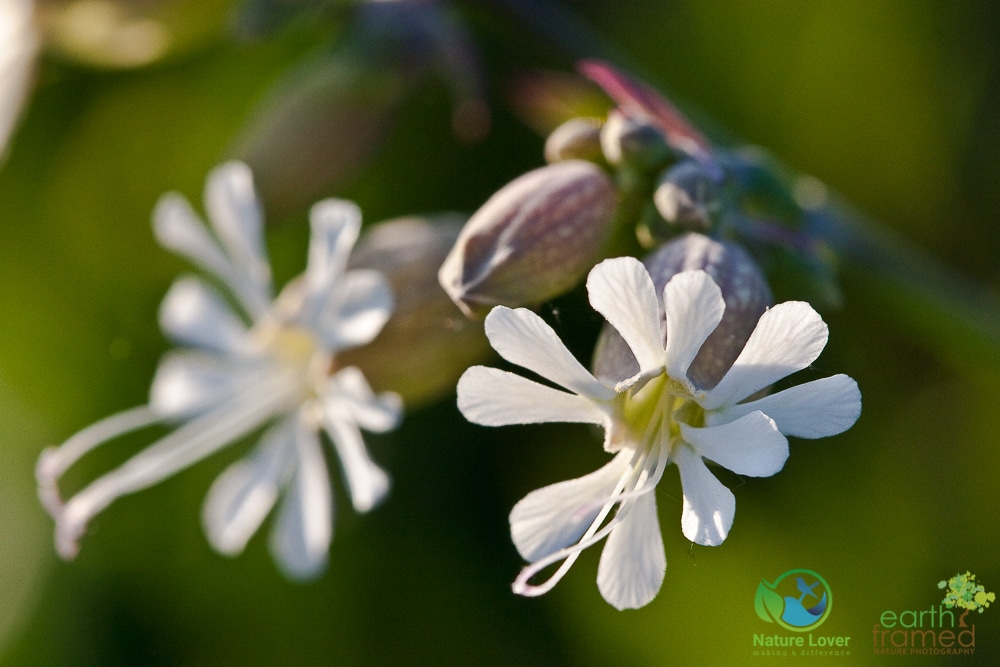
The Catchfly or Bladder Campion is a non-native plant that has bladder-like flowers with white pedals.
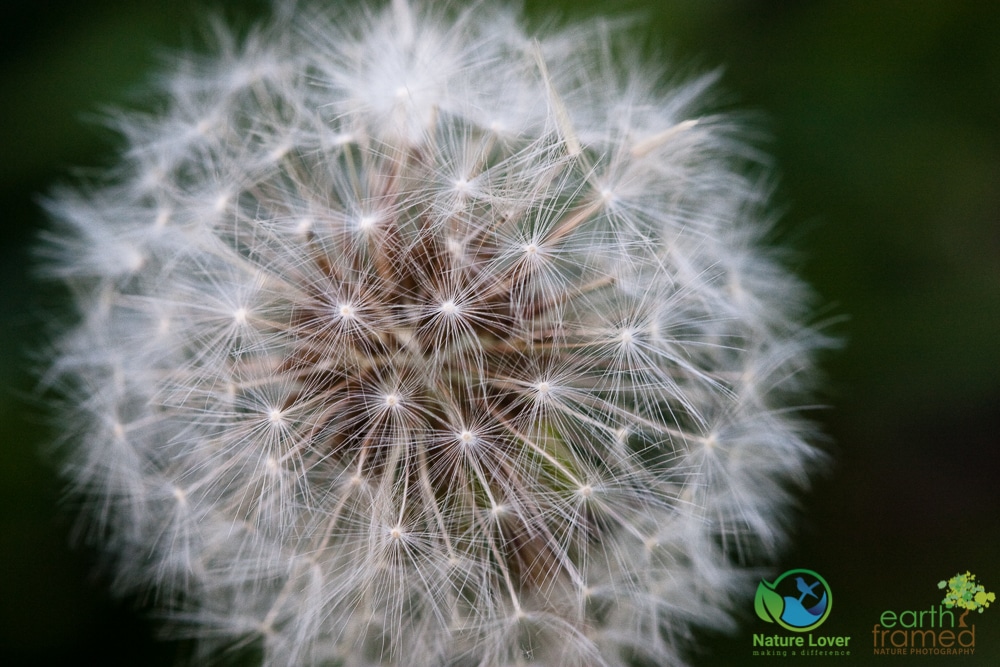
The Tragopogon plant, also known as goatsbeard or salsify, is a non-native plant in the sunflower family. This picture shows the Wishie or Clock of the Salsify.
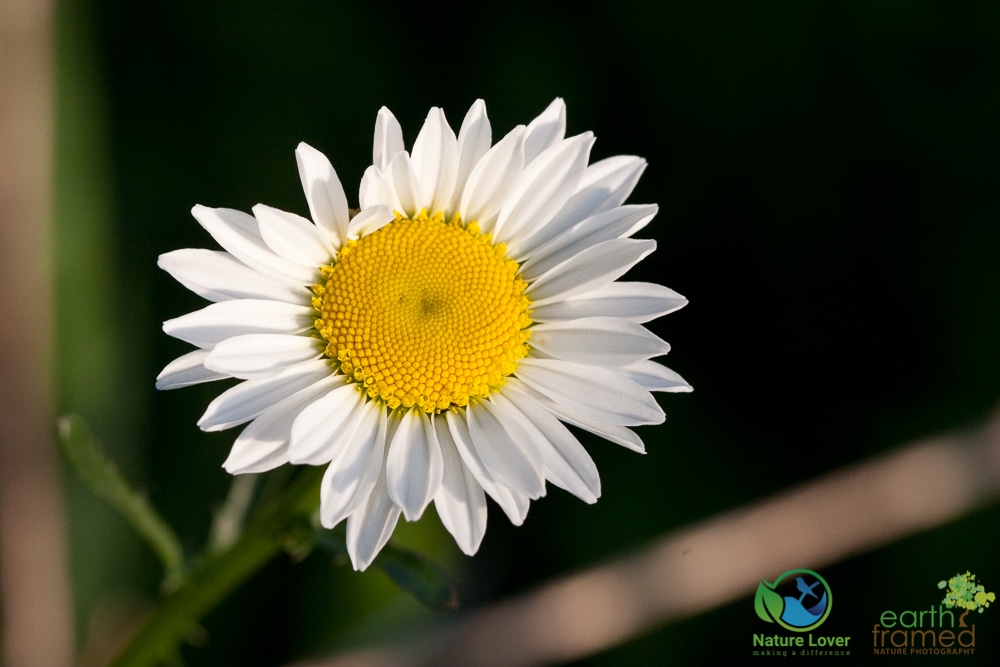
Another image of the ever present Oxeye Daisy shows its yellow centre and its numerous white radiating petals.

Another non-native but abundant wildflower species is the red clover. This plant is often used as a cover crop since it improves soil moisture, decreases erosion and adds biomass to the fields.
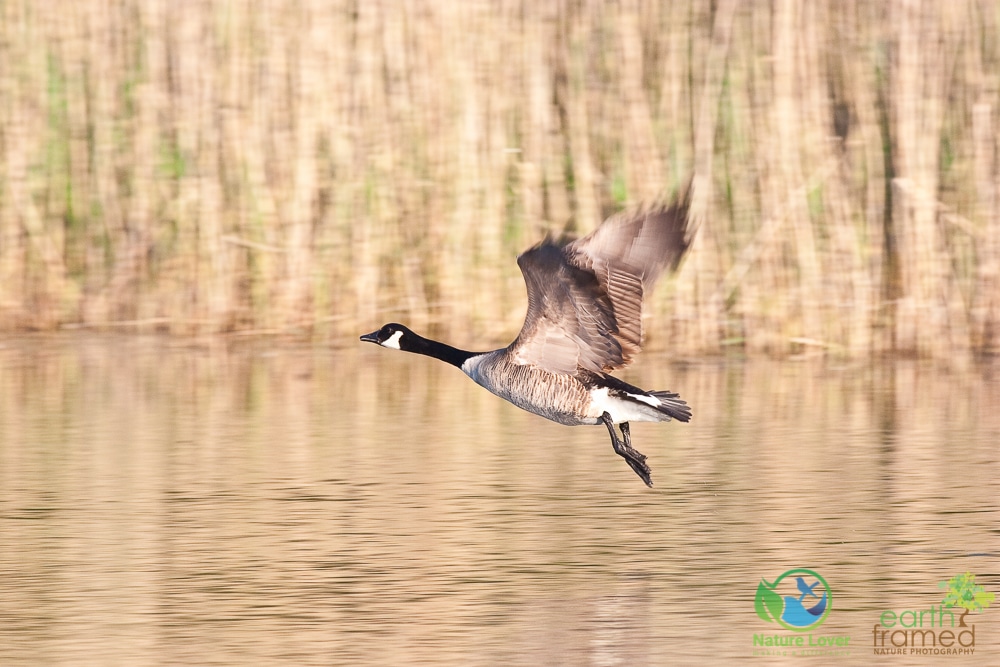
You can see several birds at Marthaville Habitat, Canada Goose obviously being one of them seen frequently.


